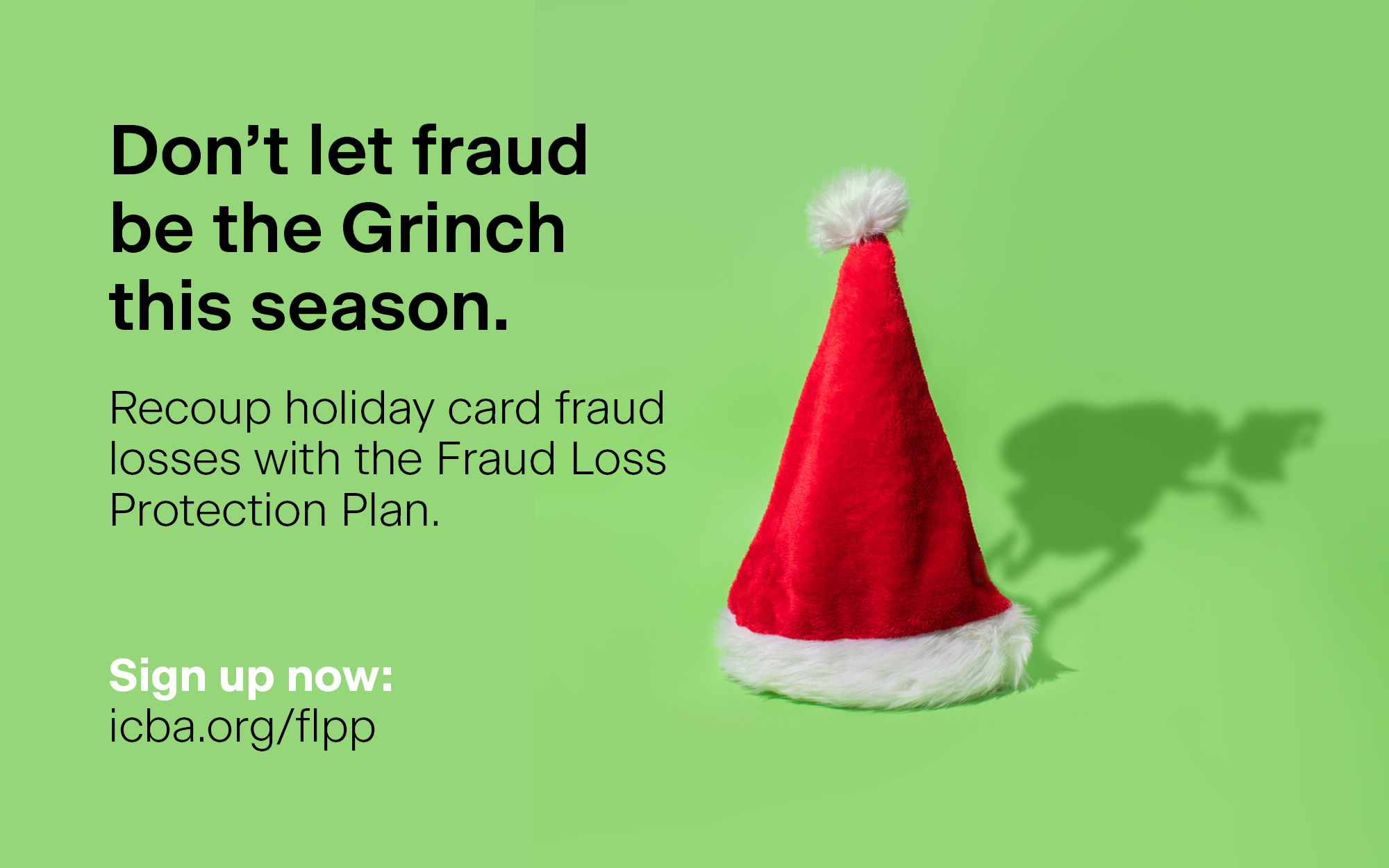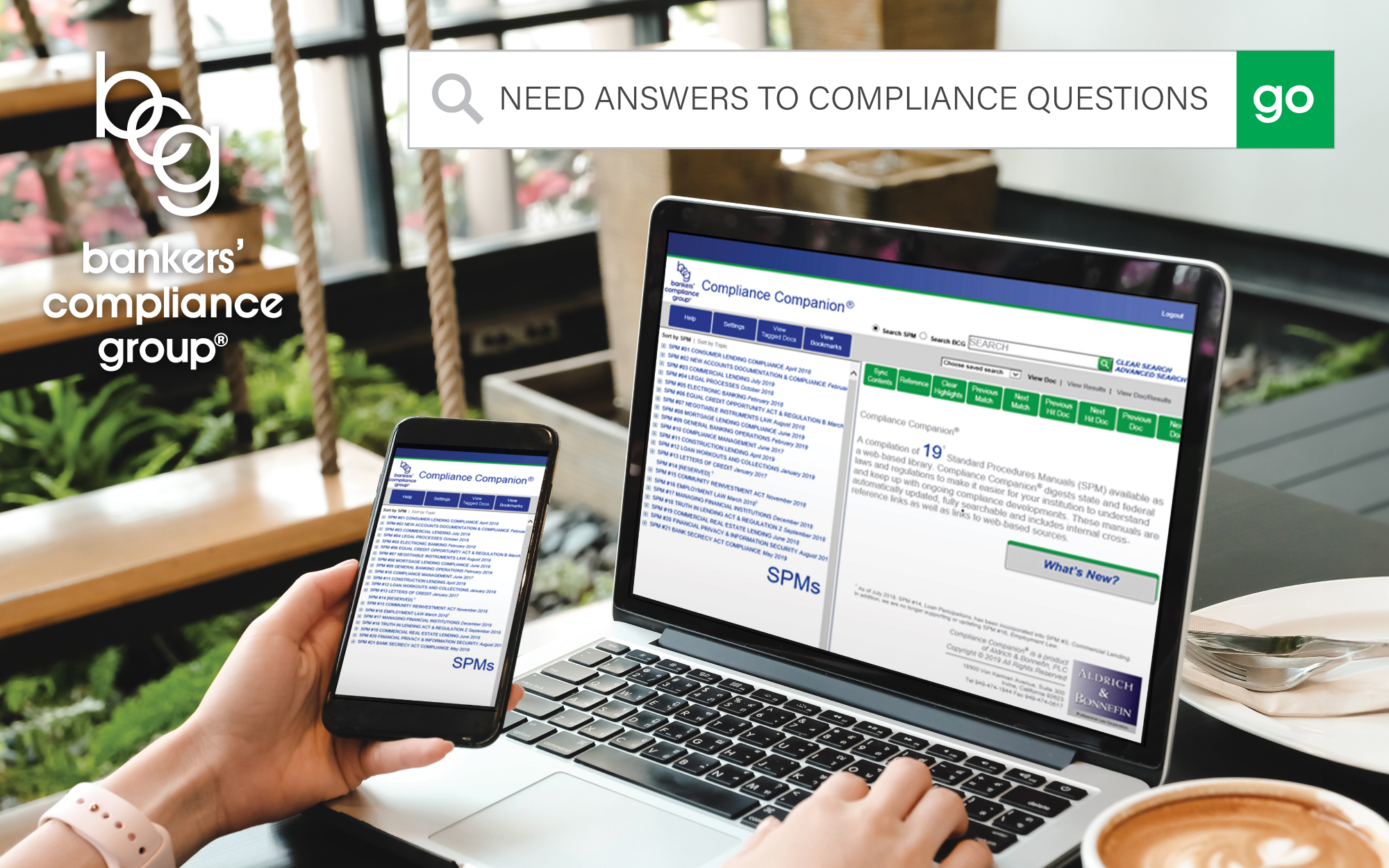Throw your sales goals out the window. Help customers get what they want, and your bottom line will take care of itself.
10 tips to boost cross-selling
May 01, 2018 / By Beth Mattson-Teig
Throw your sales goals out the window. Help customers get what they want, and your bottom line will take care of itself.
Cross-selling strategies are evolving as community banks work to connect with customers both in person and online.
Many community bankers agree on the strategies that don’t work: aggressive, high-pressure sales tactics. The focus should be on having a conversation with customers, figuring out what they want and making sure they get it, says Robin McDougald, a senior vice president and retail manager at $1 billion-asset Texas First Bank, which is based in Texas City, Texas. “[The goal] is not to sell them things they don’t need just to meet a number. We focus on our customers’ needs, and cross-selling is a byproduct of doing what is best for them.”
“Everybody has different needs at different times. So, we constantly practice different customer conversations. I always encourage everybody to be able to look at the full spectrum of what a customer might need.”
—Sally A. Peters, SA Peters Marketing and Consulting Inc.
Savvy community banks also recognize that declining foot traffic in branches means more cross-selling needs to take place in other channels. “Too many banks still sit back and wait for the customer to walk in the door, and that doesn’t work today,” says Lynn A. David, president of Community Bank Consulting Services Inc., which has offices in St. Louis, Mo., and Midway City, Utah.
Here are 10 ways to help your team hone its cross-selling strategies.
1. Practice with role playing
Take the initiative to talk to customers and ask questions. “Customers are coming into the branch less and less. So, when they do, it is a golden opportunity to talk with them about their financial needs,” says Sally A. Peters, president of Denver-based SA Peters Marketing and Consulting Inc. Staff should fully understand all of the bank’s products and services so they can engage customers in a productive conversation, and recommend products and services that will help them reach their financial goals.
Confidence and ease are key traits in staff members leading these conversations. “It all boils down to communication and having the skills and the knowledge,” says Peters.
To improve communication skills, staff should practice conversations, role playing different situations that might involve a new or existing customer. “Everybody has different needs at different times. So, we constantly practice different customer conversations. I always encourage everybody to be able to look at the full spectrum
of what a customer might need,” Peters says.
2. Ask questions
Effective cross-selling requires you to understand both the customer and which bank products are a good fit for him or her, based on age and financial position. Asking the right questions helps the employee get to know the customer and understand his or her financial goals and needs. Some examples of questions to ask include:
Do you conduct online banking through a computer or mobile device?
What kind of balance do you typically maintain in your checking account?
Do you write checks, or do you primarily use a debit card?
Have you tried mobile deposits?
Is it important for you to earn interest on an account?
3. Hire good salespeople
Gone are the days when being a frontline bank employee meant conducting transactions from behind a teller window, and that was all. Today, community banks should look for sales experience, rather than just banking experience, when they hire. Seek out people with prior sales roles, or at least the right demeanor and skill set to become a good salesperson.
Asking job candidates to complete a personality profile test is one way to identify potential sales superstars. This also is true of when promoting an existing employee into a sales position as a universal banker. People who are most effective at selling tend to be friendly, outgoing and comfortable with engaging people in conversation. “On the frontline, you want extroverts,” David says.
4. Provide regular training
Create a structured training program to give frontline employees the tools they need to sell. Bankers need to be well educated on the bank’s products and services so they can sell those products effectively to customers based on those customers’ needs and financial goals.
“It is going to take some time to get customers to engage [with marketing messages]. So, we just have to be diligent about keeping that up without being intrusive.”
—Greg Ohlendorf, First Community Bank and Trust
Some community banks piggyback cross-selling training on other routine training. First Community Bank and Trust in Beecher, Ill., has expanded its required training and education sessions to include the cross-selling of various bank products and services, such as mobile banking and investment products.
“Quite frankly, it makes those training sessions a whole lot more interesting when you’re talking about something beyond the required bank regulation training that some folks have heard 10 to 15 times,” says Greg Ohlendorf, who is president and CEO of the $150 million-asset community bank.
5. Set realistic sales goals
Having a cross-selling goal is important as long as that goal is achievable. “We have learned from the issues surrounding Wells Fargo that we have to be careful in what we do around sales and goal-setting,” says McDougald. “We have to be careful in setting goals and making sure those goals are being achieved in accordance with policy and procedure.”
6. Communicate across multiple channels
One of the challenges of cross-selling today is that people are not just walking into a bank branch, picking up the phone or reading the statement they get in the mail.
“Finding a way to get messaging to customers is very, very important,” says Ohlendorf. Because people are banking in many different ways, it is important to reach out to customers across many different channels, including traditional and digital channels such as email, website and social media.
For example, First Community Bank and Trust has created a series of educational videos on a variety of topics, such as a video that explains how to use its First eMobile banking app. The bank pushes out scheduled messages to customers through different channels, including direct emails, Facebook, LinkedIn and Twitter. Each message includes a link that brings customers back to the videos that are posted to the bank’s online education center.
7. Track cross-sales activity
Tracking cross-selling activity can provide some insight on how to improve the sale of specific products and services. The data helps to identify people who are not effective at cross-selling based on the opportunities that they had, allowing the bank to provide more training, support and tools to those individuals to help them improve. It also allows a bank to leverage people who do a very good job of cross-selling by using them as a resource to help train other sales staff.
Effectively tracking a cross-sell ratio shouldn’t be difficult for community banks. Some banks used to use a manual process and big banks use online workbooks to input production on new accounts and products. Community Bank Consulting Services Inc. provides its clients with a simple Excel spreadsheet tool to document points of contact with new and existing clients and what, if any, products were sold in that interaction. “It takes literally three minutes a month to calculate the cross-sell ratio for each account representative,” David says.
8. Leverage incentive plans
“I think incentive plans are extremely important to excite people to go above and beyond just being an order taker,” says McDougald. For example, Texas First uses an incentive plan that offers a bonus for individuals who meet individual and team goals that include hitting a cross-sell ratio goal, a sold product goal and a referral goal. The cross-sell ratio goal is calculated on new customers during the first 90 days with the bank.
9. Eliminate the clutter
Some banks offer customers too many products and choices. Instead of a focused list of three or four checking accounts, a bank might have 10 different options. Banks need to focus on products that people want to buy and discontinue some of the obsolete products and services that do not attract new activity. For example, if a bank offers seven personal checking accounts, and through reporting finds four types of checking accounts were not opened, the bank can remove those from the brochure. It’s OK to service those existing accounts, but removing them from marketing brochures helps to “eliminate the clutter” and allows bankers to focus more specifically on relevant products that people want to buy today, notes David.
10. Be persistent
Keep up a steady flow of outreach messages to recipients. Banks have to get over the feeling that they have messaged on a topic too often. A recipient may ignore that message the first 10 times it is put in front of them before they engage with it.
“We don’t know which message and which format is going to grab their attention, or which particular day,” explains Ohlendorf. Maybe a customer is bored sitting in an airport or a waiting room and decides to open and read that email because he or she has nothing else to do. “It is going to take some time to get customers to engage,” he says. “So, we just have to be diligent about keeping that up without being intrusive.”
Subscribe now
Sign up for the Independent Banker newsletter to receive twice-monthly emails about new issues and must-read content you might have missed.
Sponsored Content
Featured Webinars
Join ICBA Community
Interested in discussing this and other topics? Network with and learn from your peers with the app designed for community bankers.
Subscribe Today
Sign up for Independent Banker eNews to receive twice-monthly emails that alert you when a new issue drops and highlight must-read content you might have missed.
News Watch Today

Join the Conversation with ICBA Community
ICBA Community is an online platform led by community bankers to foster connections, collaborations, and discussions on industry news, best practices, and regulations, while promoting networking, mentorship, and member feedback to guide future initiatives.













